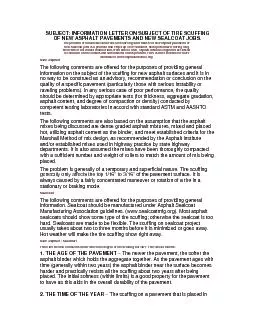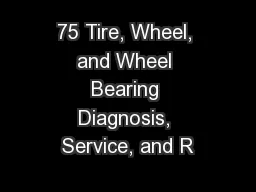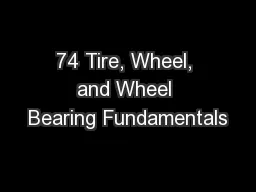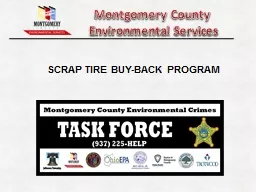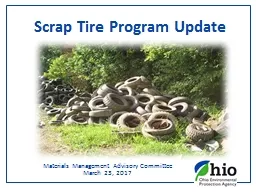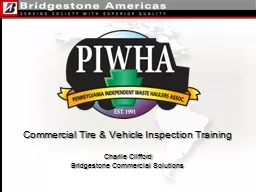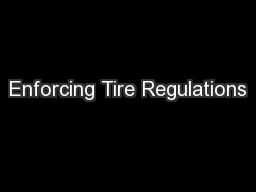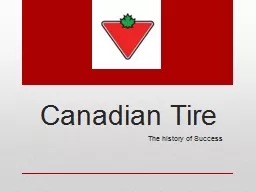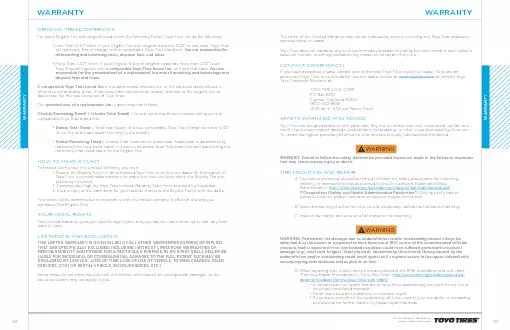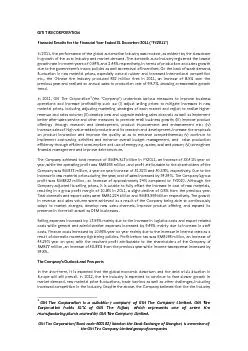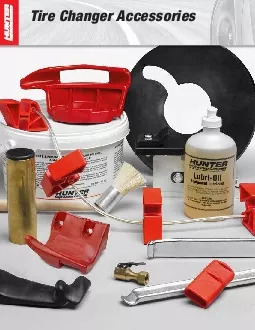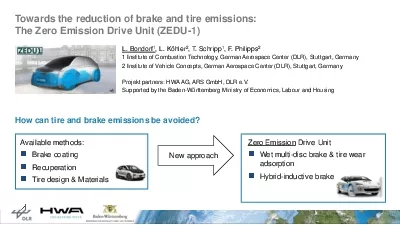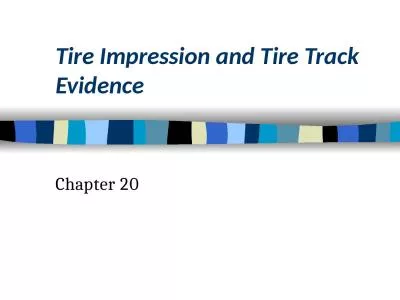PDF-SUBJECT: INFORMATION LETTER ON SUBJECT OF TIRE SCUFFING
Author : giovanna-bartolotta | Published Date : 2017-11-27
OF NEW ASPHALT PAVEMENTS AND NEW SEALCOAT JOBS The problem of automobile and truck tires leaving scuff marks on new asphalt pavement or new sealcoat jobs is a problem
Presentation Embed Code
Download Presentation
Download Presentation The PPT/PDF document "SUBJECT: INFORMATION LETTER ON SUBJECT O..." is the property of its rightful owner. Permission is granted to download and print the materials on this website for personal, non-commercial use only, and to display it on your personal computer provided you do not modify the materials and that you retain all copyright notices contained in the materials. By downloading content from our website, you accept the terms of this agreement.
SUBJECT: INFORMATION LETTER ON SUBJECT OF TIRE SCUFFING: Transcript
Download Rules Of Document
"SUBJECT: INFORMATION LETTER ON SUBJECT OF TIRE SCUFFING"The content belongs to its owner. You may download and print it for personal use, without modification, and keep all copyright notices. By downloading, you agree to these terms.
Related Documents

